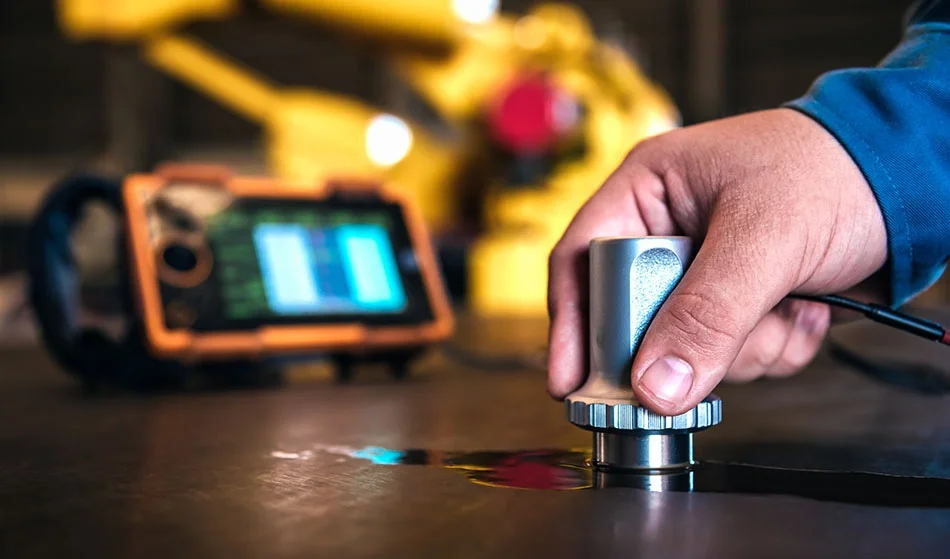
Advancements in Non-Destructive Testing in the Philippines: Guaranteed Infrastructure and Ensuring Safety
Non-destructive testing (NDT) plays a crucial role in various industries, ensuring the integrity of structures and materials without causing any damage.
In the Philippines, a country prone to natural disasters and characterized by a rapidly growing infrastructure sector, NDT has become increasingly vital.
This article delves into the significance of non-destructive testing in the Philippines, exploring its applications, advancements, challenges, and the pivotal role it plays in safeguarding infrastructure and ensuring public safety.
I. Overview of Non-Destructive Testing:
Non-destructive testing refers to a range of techniques used to evaluate the properties and conditions of materials and structures without causing any damage.
This method is particularly critical in the assessment of infrastructure, as it allows for the identification of defects, weaknesses, and potential failure points without compromising the structural integrity.
II. Applications of Non-Destructive Testing in the Philippines:
- Infrastructure Development: The Philippines is undergoing a significant infrastructure development boom, with projects ranging from bridges and highways to buildings and power plants. NDT is employed extensively to assess the quality and reliability of materials used in these constructions, ensuring that they meet safety standards and regulations.
- Oil and Gas Industry: The country’s energy sector, including oil and gas facilities, heavily relies on NDT to maintain the safety and reliability of pipelines, storage tanks, and other critical components. Detecting flaws in these structures helps prevent potential disasters and environmental hazards.
- Aviation and Aerospace: Non-destructive testing is crucial in the aviation and aerospace industries to ensure the safety of aircraft. Regular inspections using techniques like ultrasonic testing and radiography help identify hidden defects in components, enhancing the overall reliability of the fleet.
- Power Generation: With the increasing demand for electricity, power generation facilities utilize NDT to assess the condition of turbines, boilers, and other equipment. This proactive approach helps prevent unexpected failures and ensures a continuous and reliable power supply.
III. Advancements in Non-Destructive Testing Technology:
- Digital Radiography and Imaging: Traditional film-based radiography is being replaced by digital radiography, offering faster results, improved image quality, and reduced radiation exposure. This advancement enhances the accuracy of defect detection and allows for more efficient data storage and analysis.
- Ultrasonic Testing Innovations: Ultrasonic testing has seen significant advancements, with the development of phased array ultrasonics (PAUT) and guided wave ultrasonics. These techniques provide detailed imaging of internal structures and allow for the inspection of complex geometries.
- Infrared Thermography: Infrared thermography is increasingly used for electrical inspections, detecting anomalies in electrical systems before they lead to failures. This technology is particularly relevant in the Philippines, where power outages can have significant economic and social impacts.
IV. Challenges in Non-Destructive Testing Implementation:
- Skilled Workforce: The effective implementation of NDT requires a skilled workforce with expertise in various testing techniques. Addressing the shortage of qualified professionals is crucial to ensuring the proper execution of NDT procedures.
- Awareness and Education: Many industries in the Philippines are still catching up with the latest advancements in NDT. Raising awareness and providing education on the benefits of NDT can lead to increased adoption and improved safety standards.
- Infrastructure Accessibility: Conducting NDT on certain structures, especially in remote or challenging locations, can be logistically difficult. Developing innovative solutions for accessing and inspecting such infrastructure is a key challenge.
V. Conclusion:
Non-destructive testing in the Philippines has evolved into a critical component of ensuring the safety and reliability of infrastructure.
As the country continues its path of economic development and infrastructure expansion, the adoption of advanced NDT techniques becomes paramount. Overcoming challenges related to workforce skills, awareness, and infrastructure accessibility will be instrumental in establishing a robust NDT framework.
By embracing these advancements, the Philippines can fortify its infrastructure against potential risks and contribute to the overall safety and resilience of the nation.
To see other material construction prices, please see here.
To know other construction guides, tips, and methodology for beginners, veterans, and contractors, please see here.
